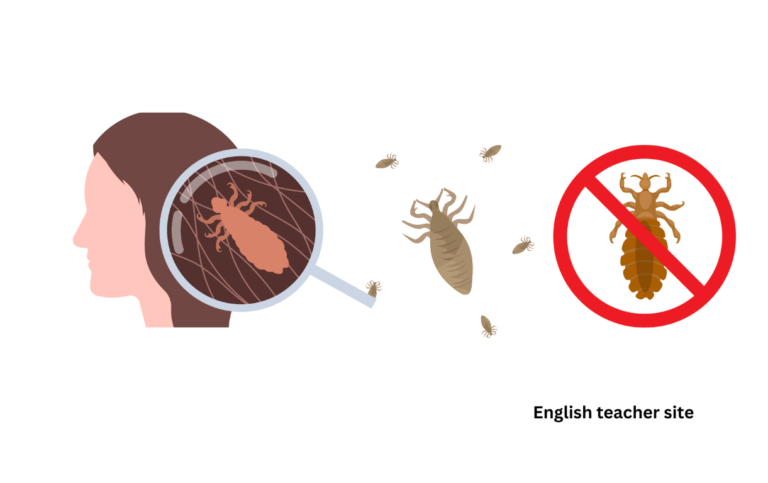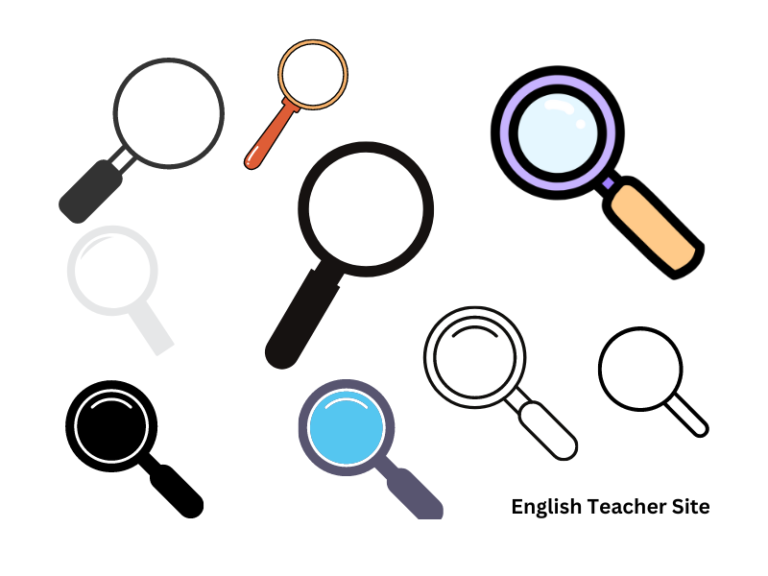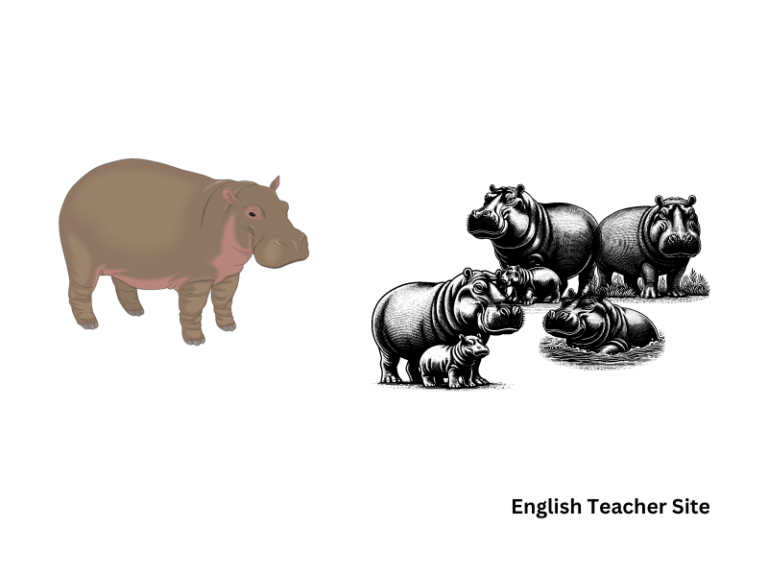What’s the Plural of Foot: Understanding English Pluralization Rules
- The plural of ‘foot’ is ‘feet,’ an example of an irregular plural in English.
- ‘Foot‘ denotes the lower extremity of the leg, and the term is also used as a unit of measurement.
- Correct usage of ‘foot’ and ‘feet’ is essential for grammatical accuracy in English.
The term ‘foot’ refers to the lower extremity of the leg below the ankle, on which a person stands and moves. It’s a word that finds its use in various contexts, from everyday conversations about body parts to more technical discussions involving measurement units. When it comes to using these terms in sentences, it’s crucial to employ the proper form to maintain grammatical correctness. An understanding of when to use ‘foot’ and when to say ‘feet’ can greatly enhance one’s precision and clarity in communication.
What’s the Plural of Foot?
In English, certain nouns have irregular plural forms, meaning they do not follow the standard rule of adding “s” or “es” to create the plural. The word “foot” is an example of this irregularity.
The correct plural of the noun “foot” is “feet.” This change from “oo” to “ee” is a historical linguistic process called “vowel mutation” or “umlaut,” reflecting a change in pronunciation that also altered the spelling in the plural form.
Here are basic facts about the term:
| Singular | Plural |
|---|---|
| foot | feet |
It’s important to remember this irregularity when using the term in various contexts. For instance:
- Measurement: “He is six feet tall.”
- Anatomy: “She stood on her feet after sitting for hours.”
Now, let’s look at the usage of “foot” and “feet”:
| Context | Correct Usage |
|---|---|
| Singular | The baby has one foot extended. |
| Plural | The puppies have tiny feet. |
What Does the Word Foot Mean?
In English, the word foot pertains to the terminal part of the leg that is used for standing and walking. It is a crucial anatomical structure that serves several functions, including supporting the weight of the body and facilitating movement.
Origin and Usage:
- The term “foot” has a long etymological history, tracing back to Old English “fot.”
- In current English, it is used predominantly to describe the lower extremity of the leg below the ankle on people and some animals.
- It is also a unit of measurement (12 inches or 30.48 centimeters).
Anatomical Characteristics:
- Composed of bones, muscles, and connective tissues
- Divided into three main parts: the forefoot, the midfoot, and the hindfoot
Measurement Unit:
- Standard unit of length
- Widely used in different fields, such as engineering and real estate
Table 1: Parts of the Foot
| Part | Function |
|---|---|
| Forefoot | Contains the toes and the bones that connect |
| Midfoot | Links the forefoot and hindfoot |
| Hindfoot | Anchors the foot to the leg and supports body weight |
Cultural Significance:
- Used in idiomatic expressions, like “getting off on the right foot.”
- Has been symbolically represented in various cultures.
Utilization of the word extends beyond the physical description; it permeates linguistics and measurement systems. The term can also be used metaphorically to describe something at the base or bottom, such as “the foot of the mountain.”
Table 2: Uses of Foot in Expressions
| Expression | Meaning |
|---|---|
| To foot the bill | To pay for something |
| Put one’s best foot forward | To try as hard as possible |
| On foot | Traveling by walking |
Examples of Foot Used in Context
Singular Use:
- He hurt his left foot playing soccer.
- The foot of the mountain is covered with wildflowers.
- She measures the fabric by the foot.
Plural Use:
- They walked barefoot, feeling the sand between their feet.
- Penguins have webbed feet for swimming.
- Mice generally have tiny feet.
| Singular Context | Description |
|---|---|
| Measurement (by the foot) | The room is twelve feet in length. |
| Anatomic reference | She has a tattoo on her right foot. |
| Plural Context | Description |
|---|---|
| Multiple entities | All the feet in the dance were perfectly synchronized. |
| Measurement (multiple feet) | The peak towers thousands of feet above sea level. |
The use of “foot” versus “feet” can be seen in various everyday contexts:
- In anatomy class, students learn the bones in the human foot.
- Architects discuss the square footage of a building plan.
- Tailors sell fabric by measuring it by the foot.
Additionally, the word “foot” functions figuratively in some phrases:
- When starting a new journey, one takes the first step with their best foot forward.
- A literary foot pertains to the most basic unit of meter in a poem.
Examples of Feet Used in Context
Here are two tables illustrating the use of “feet” in sentences related to body parts and measurements:
Table 1: Feet Referring to Body Parts
| Singular | Plural | Example Sentence |
|---|---|---|
| foot | feet | She dipped her feet in the cool water. |
| foot | feet | His feet were sore after the marathon. |
The body part “foot” becomes “feet” when speaking of more than one. It is important to remember this irregular plural form.
Table 2: Feet as a Unit of Measurement
| Quantity | Measurement | Example Sentence |
|---|---|---|
| 1 | foot | The width of the plank is one foot. |
| 2+ | feet | The tree stands 20 feet tall. |
When “foot” is used as a unit of measurement, “feet” appropriately describes more than one unit.
Additionally, sentences employing “feet” include:
- The dancers moved their feet with grace.
- The baby’s tiny feet were no larger than three inches.
Synonyms of foot
These synonyms reflect different contexts and uses. Here are some of the common synonyms categorized by context:
Everyday Language:
- Paw: Often used informally or humorously to refer to a human foot.
- Tootsies: A playful term used especially for children’s feet.
Anatomy and Medicine:
- Pedal extremity: A formal term used particularly in medical contexts.
- Lower extremity: Utilized in a clinical setting to describe the lower limb or foot.
Colloquialisms and Slang:
- Dogs: Slang for feet, commonly used in expressions like “my dogs are barking.”
- Plates of meat: Cockney rhyming slang for feet.
Below are two tables for additional clarity:
Table 1: Synonyms in Literature and Poetics
| Literary Term | Context of Use |
|---|---|
| Trotters | Often used in rustic or pastoral themes. |
| Hooves | When referring to feet in animal terms. |
Table 2: Synonyms in Various Dialects
| Dialectal Term | Regional Use |
|---|---|
| Tootsies | Endearing term, often British or American English |
| Footsies | Playful term sometimes used when flirting |
Origin of the Word “foot”
The English word foot has a rich etymology that traces back to its Old English roots. The term foot originated from the Old English word “fot,” which shares a lineage with many other Germanic languages. For example, in Old High German, the word was expressed as “fuoz”. These languages, including English, are part of the wider Germanic family descending from Proto-Germanic, where the term was noted as *fōts.
| Germanic Language | Word for “Foot” |
|---|---|
| Old English | fot |
| Old Frisian | fot |
| Old Norse | fotr |
| Dutch | voet |
| Old High German | fuoz |
| Gothic | fotus |
This linguistic history places the term “foot” firmly within the Proto-Indo-European language family, stemming from the root *ped-, which also means “foot”. The evolution of the word can be seen in many modern languages, where similar roots are found for words pertaining to the lower extremities.
- Proto-Germanic: *fōts
- Proto-Indo-European: *ped-
Moving towards the modern English plural form “feet,” it is a result of the linguistic process known as umlaut, which is a type of vowel change. The German language also undergoes similar changes, demonstrated in the shift from Fuß to Füße for singular to plural. This change is an example of the intricacy and dynamism found within language evolution.
| Singular | Plural |
|---|---|
| foot | feet |
| Fuß (German) | Füße (German) |
My name is Khamis Maiouf. I am the creator of the English Teacher Site, dedicated to providing valuable resources and insights for students around the world. With a passion for education and a commitment to helping students enhance their skills, I aim to make English teaching more effective and enjoyable for both educators and students.






